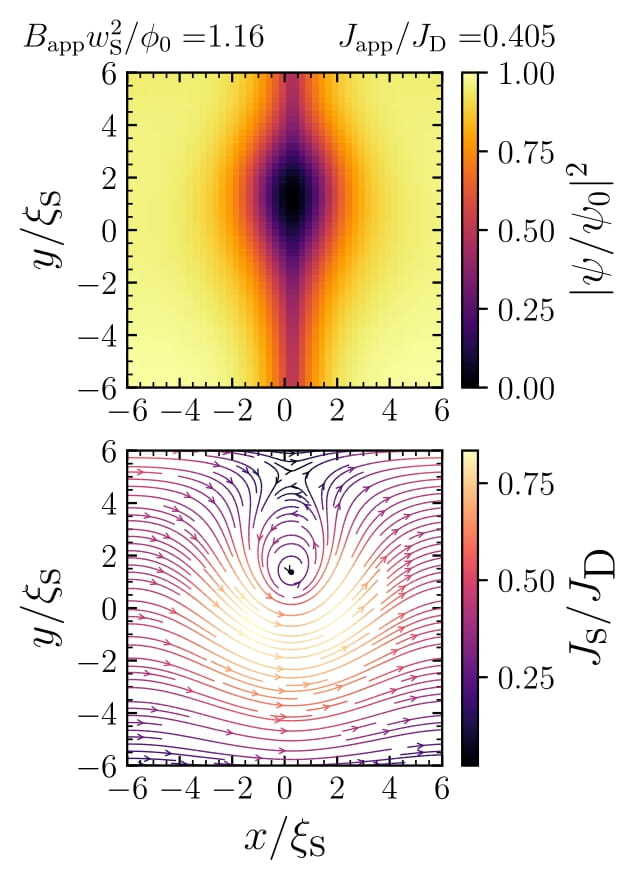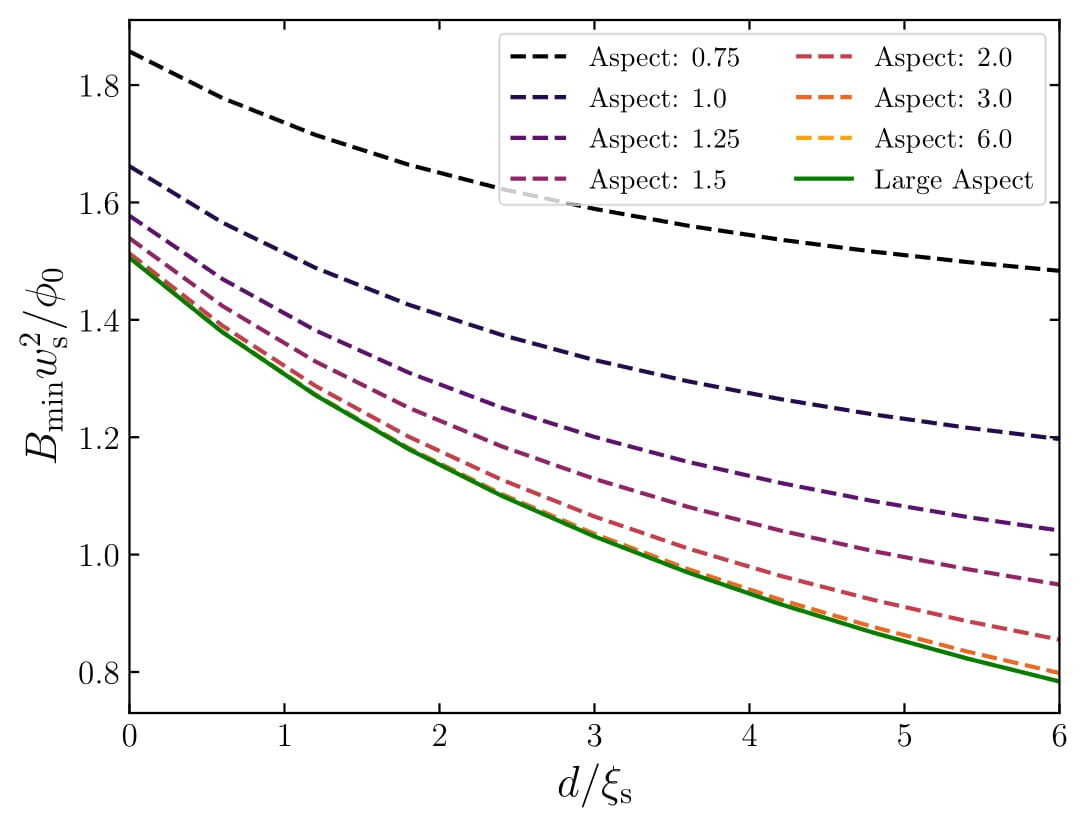Staff profile

| Affiliation |
|---|
| PGR Student in the Department of Physics |
Biography
After completing a 4 year degree in Mathematics and Physics (MSci) from Durham University in 2019, I am now undertaking a computational PhD under the supervision of Professor Damian Hampshire. I am a member of the Superconductivity Group in Durham University and the EPSRC Centre for Doctoral Training in the Science and Technology of Fusion Energy, based in York (http://www.fusion-cdt.ac.uk/). The Fusion CDT is an institution that pulls together worldwide expertise in the field of nuclear fusion, with an emphasis on research into designing fusion reactors for research and eventually power generation. The CDT is a collaboration between 5 major UK universities: University of York, Durham University, University of Oxford, University of Liverpool and University of Manchester, as well as other key partners in the fusion sector such as the Culham Centre for Fusion Energy (CCFE), at which the Joint European Torus (JET) is housed.
Research Interests
Simulations of polycrystalline superconductors in high magnetic fields.
- Critical current densities measured for high-field superconductors are typically less than 1% of theoretical limits. The critical current density has important consequences in technological applications such as in fusion energy, as imposes a major restriction on the size of the superconductors that may be used.
- To investigate the mechanism that determines critical current density, we are using simulations on model polycrystalline superconductors based on time-dependent Ginzburg--Landau theory for high-field superconductors, for eventual use in compact fusion energy tokamaks. By doing so we hope to visualise how magnetic flux flows through these systems and identify the pinning mechanism for some of the most commonly used materials.
Introduction

Key results

Future Work
- Developing our analytic expressions further for a wider range of depairing strength in the junction (i.e. αn and chemical junction thickness).
- Extending these solutions to finite kappa values.
- Extend this work to high fields so we can make direct comparisons with high-field experimental data. To understand high-field behaviour properly, we need to consider the presence of many fluxons both inside the junction (grain boundaries) and also inside the bulk electrodes (grains).

